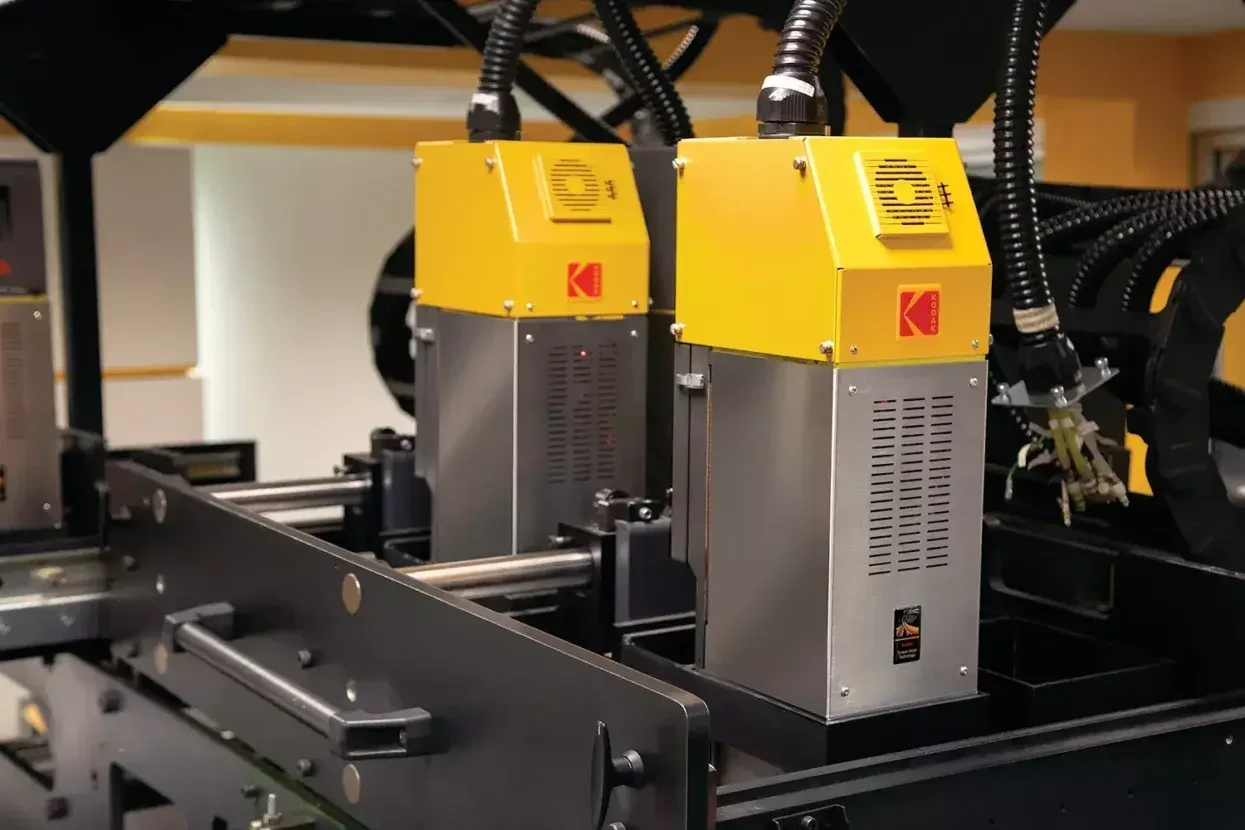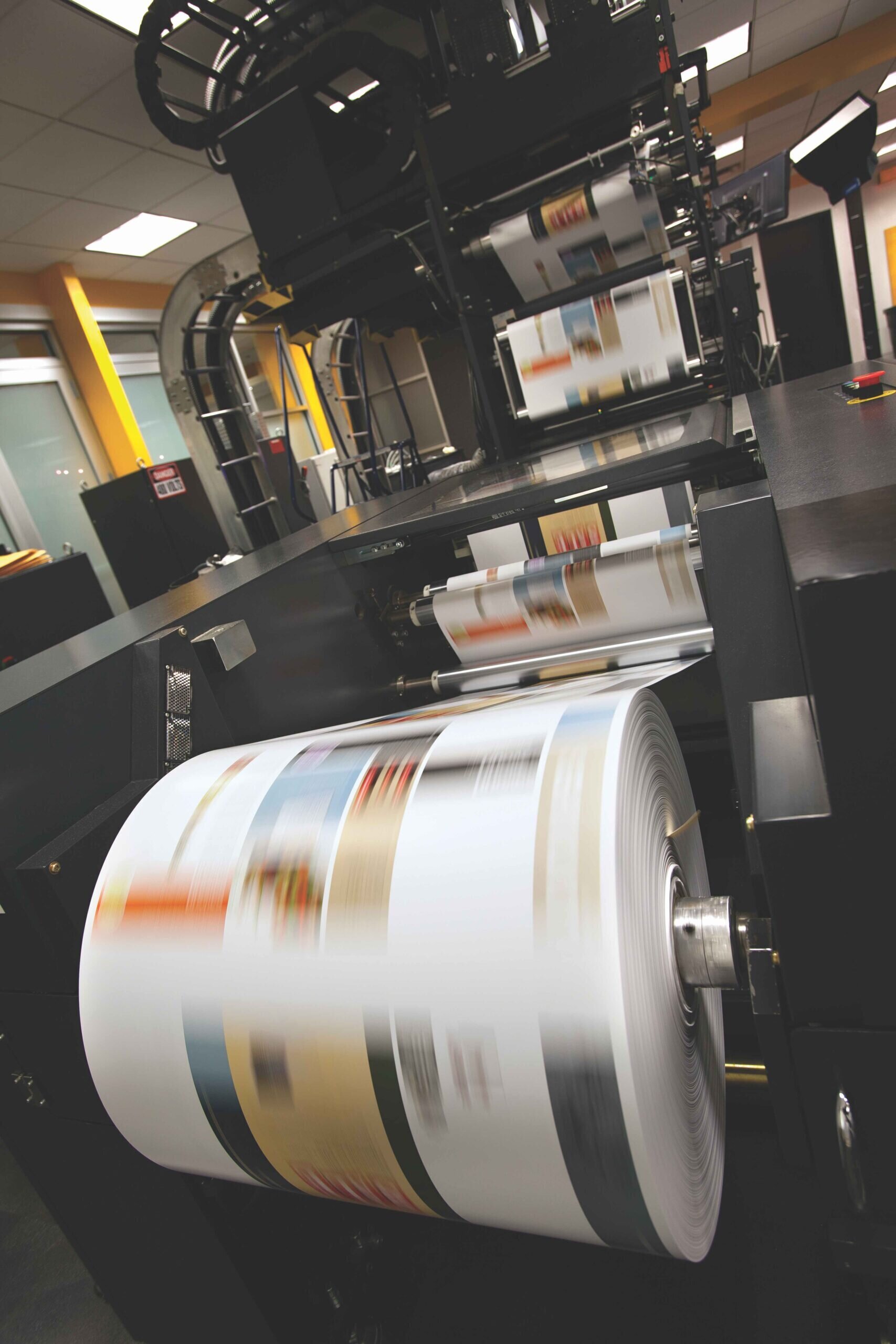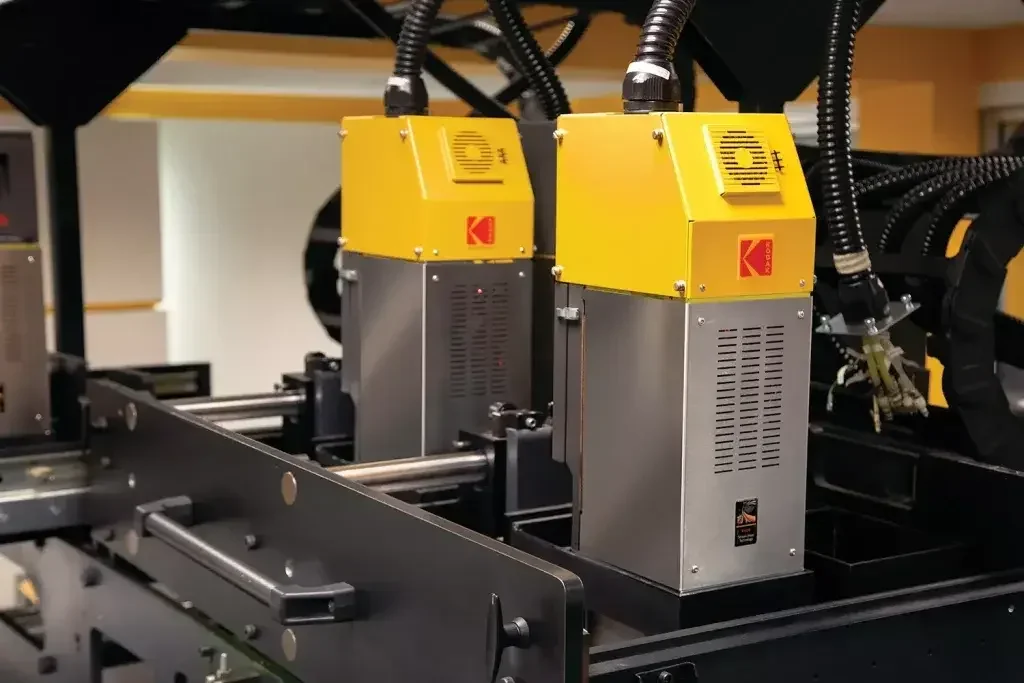
Rob Fletcher looks at the luxury packaging market and how print service providers can take advantage of the growing demand for personalised work.
Much has been said about the growth of the packaging market in recent years, and rightly so. The popularity of paper-based packaging has rocketed as more brands look to these products as a way of satisfying their own customers’ demand for more planet friendly products.
One of the other stand-out trends in packaging, and indeed other areas of the industry, is personalisation. Offering the customer the option to add their own personal touch to a packaged product can significantly increase the value of the item for the consumer.
Here, FESPA.com speaks with manufacturers and suppliers in this market to learn more about the opportunities for growth with personalisation trends in luxury packaging and the types of technology required to take advantage of this trend.
Engage with the consumer
First up, Kodak has been associated with packaging printing for years. William Mansfield, director of solutions marketing at Kodak, said from flexible packaging and labels to folding carton and corrugated boxes, digital is rapidly gaining popularity in packaging production.
“Several different factors are driving this trend,” Mansfield said. “Demands for increased production flexibility and shorter times to market are contributing to the spread of digital printing in packaging applications because the long lead times – and costs – for analog printing processes are eliminated.

Caption: Kodak Prosper Imprinting Systems allow users to add security features such as serialised codes
“An increasing number of brand owners are now looking for solutions that support more frequent design changes and efficient short-run production, in response to the need for greater flexibility.
“Brands are also looking to personalisation or versioning to create greater engagement with the consumer. Furthermore, by taking advantage of digital’s greater flexibility and variability, packaging designers can realise eye-catching creative concepts for improved shelf appeal.”
Looking at personalisation in particular, Mansfield said that in the wake of the pandemic, the importance of supply chain security, avoiding empty shelves in-store and being able to react to fast changing demand patterns is more important for brands and retailers. He added anything that can increase responsiveness and agility, such as personalisation will be useful.
“The ability to print at different stages in the packaging process can help, allowing the final decision on all artwork to be taken later, closer to the end consumer,” Mansfield said. “This late-stage customisation can help reduce time to market for packaging, which is increasingly important.”
Mansfield said Kodak Prosper Imprinting Systems make it easy to add security features such as serialised codes for supply chain tracking, or regional regulatory content to packaging. Similarly, variable design and marketing elements such as variable codes for lottery or gaming campaigns and connected or smart packaging applications can be integrated into packaging designs.
He offered the example of the Prosper S10 Imprinting Systems deployed by British American Tobacco in Asia. Here, the systems are used for printing unique QR codes and variable data on packaging for the Japanese market. After signing up on a website, consumers can use the QR codes to collect loyalty points, which will later allow them to participate in a prize lottery. Consumer data gathered in this way helps the company analyse its products’ reach and develop better targeted marketing campaigns.
“The Kodak portfolio includes solutions which allow packaging printers to enhance traditional printing or packaging converting processes with the flexibility of digital,” Mansfield said. “The Kodak Prosper Plus and Prosper S-Series Imprinting Systems were designed for integration into offset, flexo or gravure presses and finishing lines such as folding or gluing systems.”

Caption: The Kodak Prosper Plus and Prosper S-Series Imprinting Systems were designed for integration into offset, flexo or gravure presses
Also casting an eye to all-digital presses, Mansfield picked out a number of options for flexible packaging, including the highly productive UTECO Sapphire EVO W and Sapphire EVO M Presses, developed jointly by Kodak and the Uteco Group. These high-speed digital presses, which provide maximum web widths of 1,370 or 650 mm, utilise Kodak’s continuous inkjet technologies and Kodak water-based inks.
Life of luxury
Also well placed to advise in this market is cutting specialist Valiani, which said that the first question print companies should ask is when conceiving the ideal packaging destined for the luxury market.
“Defining luxury is not an easy task, let alone conceive and model luxury packaging,” Valiani said. “First and foremost, luxury is subjective, meaning that I can perceive luxury in a different way of someone else. Second point implies how to make others perceive that something is a luxury product. In this respect the packaging comes in handy and turns out to be decisive in this perception.
“Luxury packaging is about all five senses, the consumer needs to be fascinated by each aspect of the packaging. Therefore, creating a luxury packaging entails that the material used to make the box be cut with fine quality and extreme precision. This makes the difference in consumer’s mind who is more likely to purchase a specific item if it has been cut and creased by means of a digital cutting system that guarantees fine edge quality and utmost accuracy.
“In the field of high-quality luxury packaging, many brands are renewing their portfolio of cutting machines, including the Italian brand Valiani, ideal to guarantee a perfect cut and crease on both thicker and thinner cardboard, thereby making fully personalised boxes which are largely appreciated in the luxury packaging industry.
“Consumers expect to be enticed by the packaging itself, which reinforces the brand, increases customer loyalty and adds value to the whole product. This aspect needs to be taken into strong consideration by box makers who in turn need to equip themselves with the most performing and state-of-the-art technology to create personalized packaging, consistent with the typical luxury standards.”
Having established that quality finishing equipment is critical if you are to achieve luxury packaging market, how can print service providers go about producing the “perfect” box or packet? Valiani said the perfect recipe on how to model and shape and design from zero high-end packaging does not exist, there are some tips that may help guide manufacturers through the creation of these boxes.
First, a smooth finishing is always recommended, such as gluing some stickers or labels on the box or closing it with a magnetic clasp, which Valiani said is both pleasing to look at and to touch.
“An important point to highlight is the fact that packaging must identify and mix with the brand and reflects the message you wish to convey,” Valiani said.” We cannot forget to use high-end materials, we could call it ‘that little bit that makes all the difference”’ as soon as you lay your hand on a product. Attractive packaging is made of solid board, paper and composite materials.”
Ultimately, Valiani said luxurious packaging that stands out through its high quality and sturdiness, is perfectly consistent with every item revolving around luxury. Food and beverage, cosmetics and perfumery, watches and bracelets, fashion industry, interior design, luxury packaging is always around, thereby triggering a higher level of consumer interest with custom luxury boxes.
“Exclusivity is what manufacturers aim to create with a luxury box in the mind of a potential customer, reflecting this more sophisticated configuration with value added packaging.” Valiani said.
Valiani concluded: “Especially for acclaimed and prestigious brands, distinguishing themselves in a perspective of uniqueness has become an aspect in which to invest. Thanks to some technologies for the creation of packaging made of coated rigid cardboard, the concept of ‘customisation’ is increasingly feasible and accessible.”